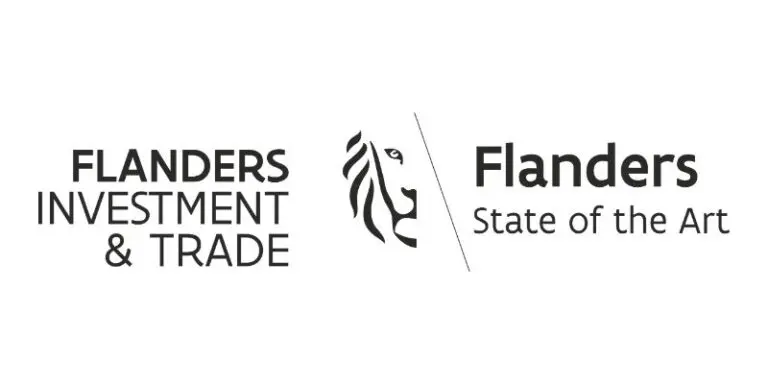Customer segmentation is a valuable tool for making personalised recommendations to drive your business growth. By categorising customers into different groups, you can develop more effective marketing and sales strategies. We discuss the three most commonly used strategies.

Behavioural segmentation
In behavioural segmentation, you will group customers based on their purchase behaviour, interactions and engagement with a company. This information can help you understand how those customers interact with products, services and marketing messages. Behavioural segmentation can be done in several areas:
- Purchase frequency: How often do they make purchases: regular sellers versus occasional buyers
- Purchase value: What is the value of purchases: high-value customers versus low-value customers
- Product preference: What types of products or services are preferred?
- Shopping behaviour: Where do they usually buy: physical shop versus online environment
- Retention time: How long do they stay on a website?
Preferred segmentation
When you classify customers based on interests, preferences and psyschographic characteristics, you are doing preference segmentation. You understand customers' emotional and psychological motivations, allowing you to develop more effective strategies. Some ways are:
- Demographic data: gender, age, family situation, ...
- Product preference: focuses on the specific products or product categories that customers prefer
- Interests and hobbies: a bookstore can segment by book genre
- Brand preference: this is especially relevant for companies offering multiple brands. Customers are categorised according to their favourite brands and thus receive targeted recommendations
Lookalike audiences
A final strategy for making personalised recommendations is to create lookalike audiences. By analysing the characteristics and behavioural patterns of existing customers, you can build new audiences that are very similar to these existing customers. The only difference is that they have not yet come into contact with your company or brand. By using lookalike audiences, you can target potential customers who have a high probability of being interested in your product.
Once you have built different segments, you can start using segmented recommendations. Through personalised recommendations you can increase the chances of customers actually being interested in and responding to your offers.

